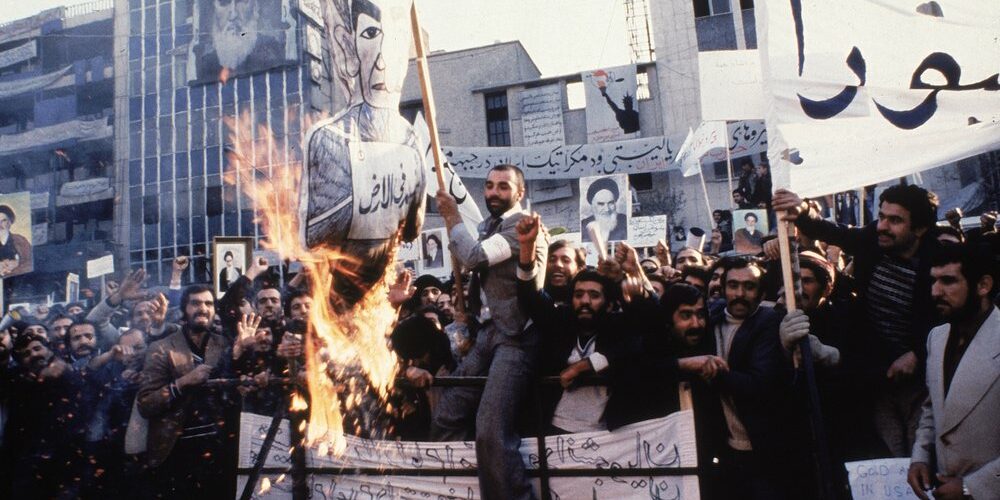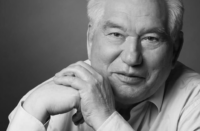Three important events happened in 1979 that continue to explain the modern struggles in the Middle East: the Islamic revolution (i.e. counter-revolution) in Iran, the siege of Mecca, and the sponsoring of anti-communists in Afghanistan.
After the Second World War the Middle East experienced the growth of anti-colonial movements, which ranged from the communist parties to the nationalist Ba‘athists, who, notwithstanding their vicious anti-communism in Iraq and Egypt, presided over secular and relatively anti-imperialist regimes within the Soviet sphere of influence. In particular they were opponents of Israel. However, the anti-communism of the Ba‘athists held back the national liberation movement from reaching its full potential.
The power vacuum left by the decline of nationalist and secular movements after the “Six-Day War” in 1967 would be filled by a rising Saudi Arabia, a state monarchy created with British support and a crucial US ally. Despite the Saudis’ embracing of Wahhabi fundamentalism, the 1970s meant that the royals were richer than ever, and weren’t afraid to show it.
In nearby Iran the pro-Western Shah was squeezing out the mercantilist petit-bourgeoisie with his embrace of Western monopolies, the latter making a strategic alliance with the discontented Shi‘a clergy. The Shah’s brutal repression of the communists of the Tudeh Party meant that this alliance between the clergy and petit-bourgeoisie was positioned to take leadership of the 1978 uprising, leading it to a Shi‘a fundamentalist counter-revolution.
The Saudis faced a problem: the provinces in the east contained the rich oilfields, but they also contained a large Shi‘a population, inspired by calls from Iran for Islamic revolution. To make their problems worse, the Grand Mosque at Mecca was besieged by a fundamentalist grouping who felt that the monarchy had betrayed Islam with their money from the West. The siege was put down—with French help—but at the cost of the Saudi monarchy making the even more fundamentalist doctrine of their radical critics state policy.
The Saudis had been no strangers to supporting imperialism. They were part of the infamous Safari Club, the name given to a cabal of intelligence agencies from France, Shah-era Iran, Egypt and Morocco that had as its goal the “rolling back” of communism in Africa, given the revolutions taking place in Angola, Mozambique, and Guinea-Bassau.
What united Saudi Arabia and Iran was the fundamentalist Islam, of the Sunni and Shi‘a variety, that was answering people’s anger at the anti-people regimes. In other words, political Islam was a lesser evil than communism, something that President Carter privately admitted during the Iranian events.
In Afghanistan the Saur Revolution had brought to power a Marxist-Leninist government that had annoyed the reactionaries because of its policy of improving literacy, universal medical care, and education, challenging poverty, and introducing such horrible policies as allowing girls to attend school! But this was enough to earn the opposition of the mullahs, and they wasted no time in attacking the Afghan communists, particularly women.
The Saudis spotted a great opportunity to gain some credibility among the fundamentalists that their state ideology was creating while also keeping close to their Western business partners. Along with the military dictatorship of Zia in Pakistan, they pumped billions into the Afghan Mujahideen, who were fighting the Afghan government forces. The Soviet army, after repeated requests to intervene, sent military forces to support the Afghan government.
The United States was only too happy to support the new Jihadis, with public opinion in the West being manipulated against the Soviets, and even the respected journalist Robert Fisk writing of one Saudi fighter as “anti-Soviet warrior puts his army on the road to peace.” The Saudi fighter in question was Osama Bin Laden.
Along with the billions given to the Jihadis in Afghanistan, the Afghan situation was a means of consolidating both the Saudi and Pakistani dictatorships. Indeed the Pakistani military government became flush with cash from drug-trafficking from their allies in Afghanistan. The Saudi monarchy also found a way to export religious dissent. Iran was kept busy by the war against Saddam’s Iraq, at this point still a US and Saudi ally.
In 2001 the United States invaded Afghanistan to oust its former allies, the Taliban, from power, because they were harbouring another former ally, Osama Bin Laden. In 2003 the United States invaded Iraq to topple another former ally, Saddam Hussein.
Whether it’s anti-communist nationalists or fundamentalist Jihadis, Shi‘a or Sunni, Muslim or Jewish, the United States has done business with all who can act in its interests.
As the US empire begins to decline, its client states of Saudi Arabia and Israel continue to represent its interests in the Middle East. In particular, the rivalry between Saudi Arabia and Iran, and how this affects Syria and Yemen in 2021, will be looked at in the next article.






